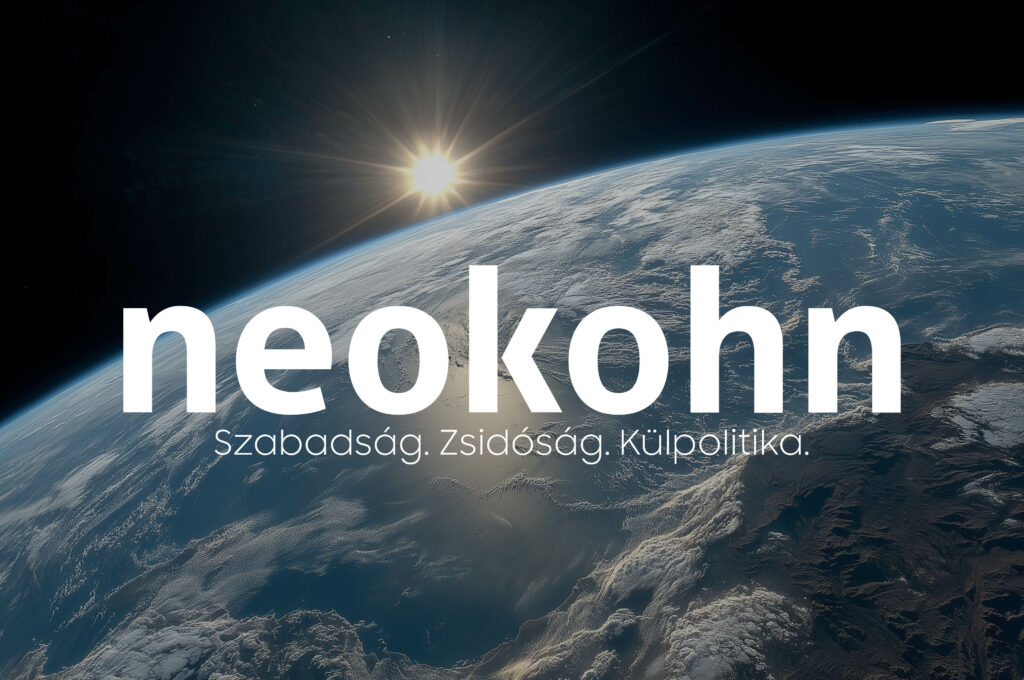His Talmudic grandfather, Rebbe heritage in Kálló, and friendship with Marc Chagall all shaped the multifaceted talent of Imre Ámos, who was born 115 years ago in Nagykálló, recalls Bennem Élő Eredet.
Imre Ámos was born on December 7, 1907, in Nagykálló, on the Jewish street named after the local synagogue. His father was Zsigmond Ungár, a retailer, and his mother was Paula Liszer, the daughter of Adolf Liszer, a prominent teacher at the local Jewish school.
The grandfather was also a Talmud teacher of public renown. These lines (written in 1937) testify to Ámos’ attachment to his place of birth:
„I’m full of memories and mystical childhood tales – the sacred air of Kálló, my grandfather’s Talmudic stories and explanations – subconscious and conscious accumulations.”
Due to the father’s untimely death, the mother moved with her two children to her parents’ house on Star Street and raised her children there with their help.
Ámos did not like the name Imre Ungár. So in 1931, he changed it to Álmos. It was only when his friends reminded him that this sounded like an ancient Hungarian name that he decided – finally – in 1935 to call himself Ámos, like the first minor prophet.
He signed his first paintings Ungár, only later emphasizing his „kinship” with the biblical prophet Amos in a poem. The change of name was also a gesture of rebirth. After finishing elementary school, Imre continued his studies at the local Szabolcs Vezér State High School, where he graduated with honors.
Already during his secondary school years, his multifaceted talents became apparent: He excelled on the violin and could play the solo of Beethoven’s Violin Concerto; he also tried his hand at writing poetry and was an excellent draftsman and painter.
He was attracted to painting as a career, but his grandfather recommended that he study architecture, which promised a more secure livelihood, as it seemed more practical in post-World War I Hungary. But when he successfully passed his graduation examination in 1925, the family’s modest financial situation could not provide him with the financial means to continue his studies.
Ámos arrives in Budapest at the age of 19, bringing with him the naïve, fairy-tale-like elements of the Hasidic folk religion of Nagykálló. Everyone remembered him as a sensitive, dreamy figure. From 1930 onwards, his companion would be Anna Margit, the only person with whom the reclusive artist would be closely associated throughout his life.
With no money to study fine arts, he worked
first as a manual worker at the Láng silver factory, then as an enamel painter at the Csepel enamel factory.
Two years later, the support of a wealthy relative enabled him to start his studies. He studied simultaneously at the University of Fine Arts and the Academy of Fine Arts, where he studied with Gyula Rudnay and János Vaszary. Soon afterward, he committed himself to painting. In 1937, he and his wife Anna Margit went to Paris to see the great painter Marc Chagall. However, their difficulties in making a living and lack of money soon led the young couple to move home.
Under the influence of Chagall, Ámos formulated his artistic objective. He wanted to paint in such a way that his paintings would contain both the reality he experienced and what he thought or felt about it. Art history classifies Ámos’ style as associative expressionism. He liked to paint his memories and associations on canvas in pale colors with pearlescent hues, giving the reality of his images a meaning beyond reality.
The rest of the article is available in Hungarian here.






